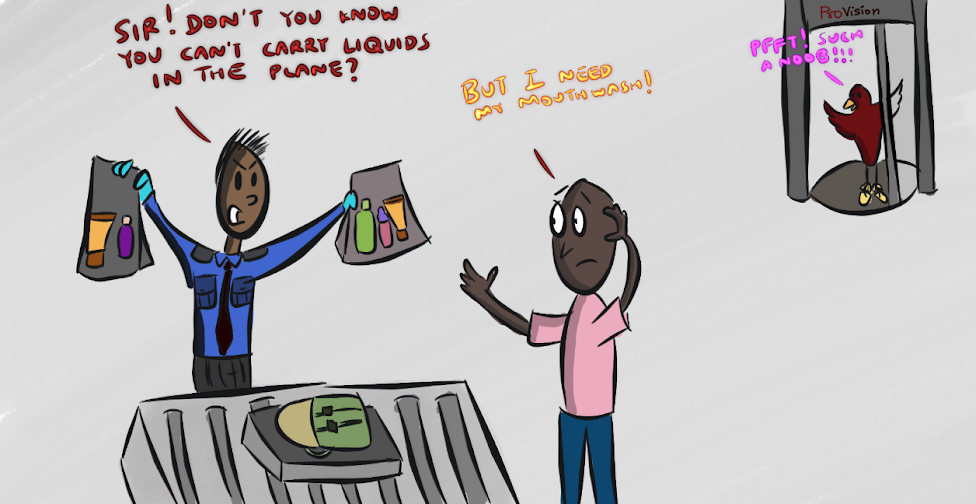There are many people you will come across that will try to sell "birding" as a hobby to you these days, in a way birding is the new Fidget spinner. They will claim many benefits of birding like you being able to connect with nature and make new friends.
Birds, they will claim, have beautiful plumage encompassing the entire spectrum of colors and no matter what time of the day you look at them they will always look gorgeous.
Little do they tell you about birds having bad hair days.
I recently came across this Snowy Egret suffering from a bad hair day just before it got its act together and posted its next pic on Instagram. This is the footage that it does not want you to see.
You see, unlike mammals which might poop and pee at different times, birds are always in a rush and will mix their poop and pee thus not displaying any distinct shape.
This is partly because mammals have a bladder to store pee while birds cannot afford to do the same since there is a limit on the amount of liquids you can carry when you fly.
Below is a Pied-billed Grebe taking a dump in the community pool it shares with other waterfowl.
But if they take their power nap with both eyes closed, they will be vulnerable to predators like birds.
To get around that limitation, they indulge in a behavior called the asynchronous eye closure, which means that they keep one eye open while closing the other one thus conserving some energy.
They will alternate between both eyes to keep a watch on both sides for suspicious movements.
Below is one displaying that behavior.





No comments:
Post a Comment
Did you learn something new in this post? Let us know in the comments below